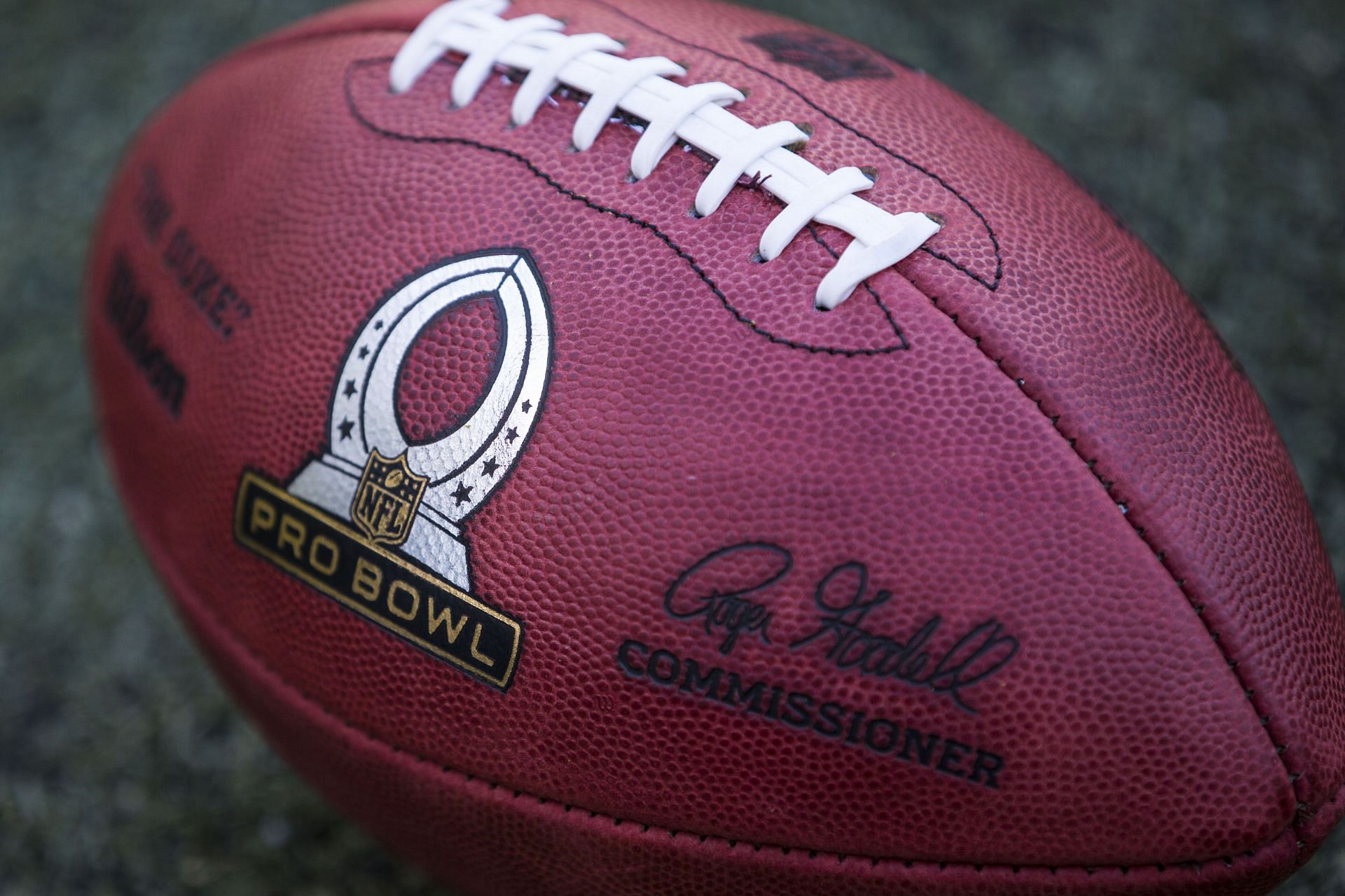
How the Pro Bowl lost its charm over the years: Explained
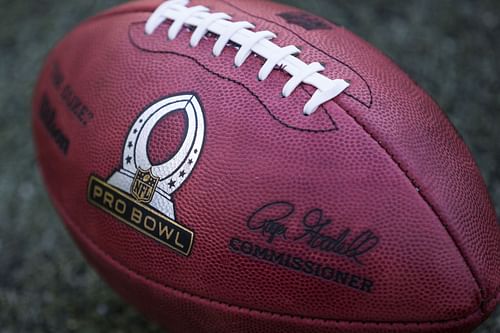
The stranglehold the NFL has on the global imagination is annually put to the test through the annual Pro Bowl.
If "Thursday Night Football," the NFL Scouting Combine, the obsession with the annual release of the regular season schedule, interest in alternate leagues — and even the morbid curiosity behind Netflix's Home Team — have proven anything, it's that viewers will watch anything involving a pigskin. But too much of a good thing can be dreadfully unhealthy, and the football version of the concept was on plain display at the NFL's annual All-Star game, which was held on Sunday in Las Vegas.
This would probably be the part where we include a brief recap of the game. Instead, we'll pay tribute to those who did partake in the exhibition, and give as little effort as possible:
Watching these supposed "highlights" makes it hard to believe that the AFC and NFC squads, technically speaking, were playing the same game that, say, the Bills and the Chiefs or the Buccaneers and the Rams were playing.
To its credit, the NFL has tried to tinker with its All-Star formula in recent years. Eschewing conferences for a fantasy draft setting was a short-lived tweak, while the game has also been used as a testing ground for new rules. Sunday's game, for example, featured a 35-second play clock and no kickoffs.
In the grand scheme of things, however, no amount of experimentation could be worth subjecting the football-loving public to this:
The funny thing is, while the Pro Bowl never had any true stakes attached to it, the game was once a football celebration of sorts, namely through its Hawaii-based days at Aloha Stadium. It never matched the intensity of a Super Bowl or even a mere regular season match, but it did what no Pro Bowl could do today: surpass the intensity and effort seen on an elementary school playground.
So, in an effort to get the scars of the latest exhibition out of our brains, we at SK dare to ask...
How did the Pro Bowl get this bad?
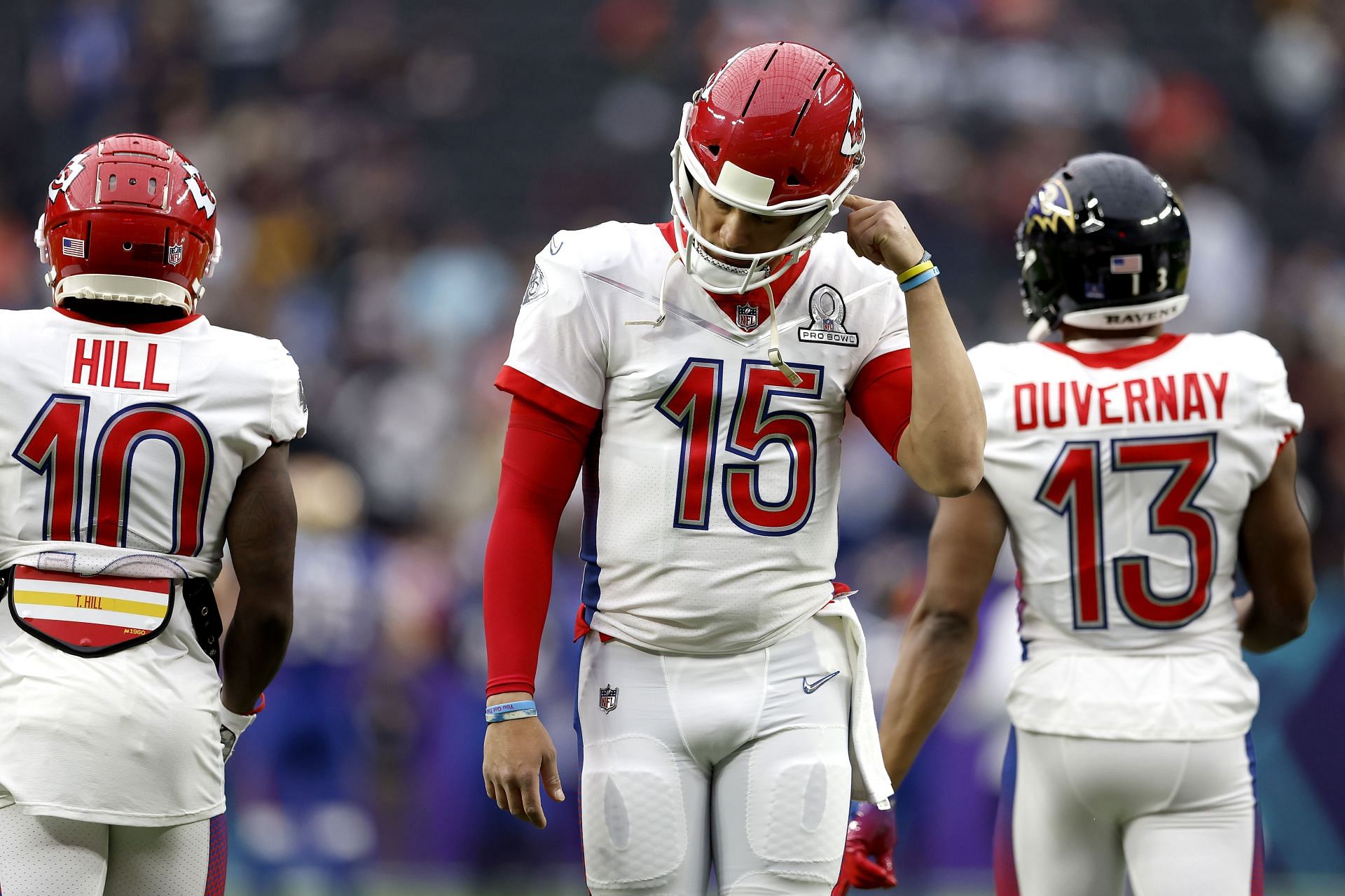
Money Talks
NFL players simply make too much money these days. Now, this isn't meant to be a critique of the players — football is a violent game and players should obviously be compensated fairly. But the increase in salary has caused any potential prize offered by the Pro Bowl to seem ridiculously meager in comparison.
Even beyond the gridiron, the average television watcher thrives on programming where a subject is situated in a position to gain a lot of money but is in equal jeopardy of losing it all. That's how game shows like Who Wants to Be a Millionaire? and Deal or No Deal ruled primetime for a certain period.
That used to be the case in the Pro Bowl: while the annual payout has been increased — AFC participants earned $80,000 for their victory in Sunday's game — that's not worth going all out, not worth potentially getting injured.
To put that in perspective, Los Angeles Rams defensive master Jack Youngblood became a legend of Pro Bowl lore when he played the 1980 game with a broken leg. Youngblood's first appearance came in 1973, when he was in the final season of a first-round pick contract, making circa $35,000 yearly. Back then, the Pro Bowl paid $2,000 to the winning group, or eight percent of Youngblood's salary. In comparison, Patrick Mahomes, one of the quarterbacks for the victorious AFC squad, got $80,000 for winning Sunday's game — less than one percent of his $45 million salary from the Kansas City Chiefs.
The NFL is a violent arena where windfalls can be whisked away on a single play. Why should any player risk his safety — heck, his livelihood — for mere conference pride?
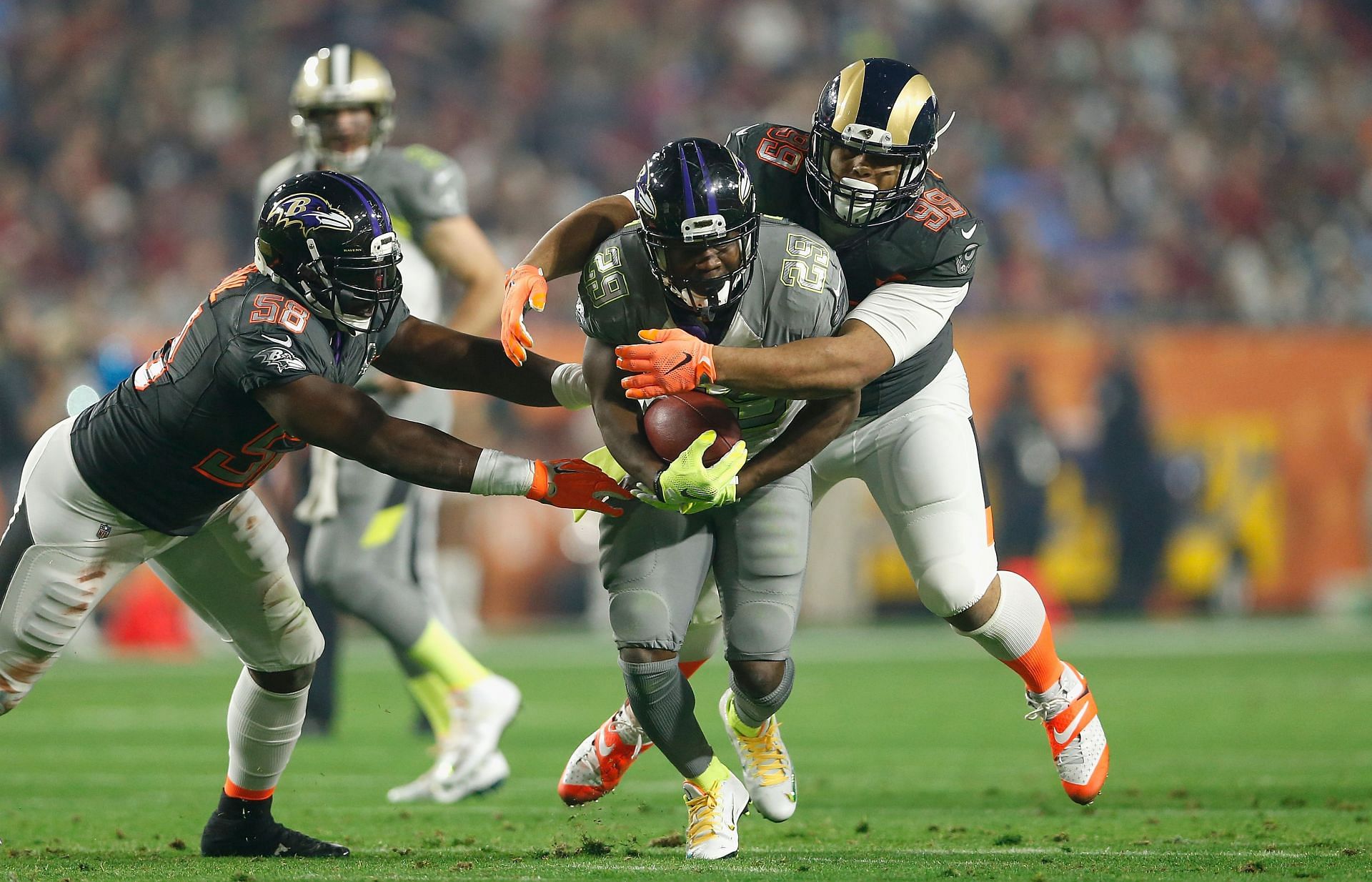
Super Ban
It's understandable why the NFL opted to move the Pro Bowl into the week between the conference titles and the Super Bowl. Those seven days are rarefied air where the league doesn't have any impact, so if there's a chance to steal real estate on the calendar, you can bet they're going to take it.
But as if playing for a decimal of your salary wasn't insulting enough, Pro Bowl participants must also partake in the game with the knowledge that a more prestigious contest is being held the week after. Besides, how can one claim that the Pro Bowl features the game's best players when the athletes who are in fact competing for the sport's most prestigious prize aren't even there?
At the risk of waxing too poetically, the annual trip to Hawaii used to be a decent football celebration — one final hurrah before the NFL went into hibernation. But even though football remains king on at least a national, American level, oversaturation becomes an issue.
The NFL may not dominate every week, but it's extremely close to taking over every month. Part of it is sustained by the growing obsession with the league's draft, which has expanded from a mere single spring weekend to a 365-day behemoth. The seemingly meaningless events that sustain the NFL's popularity, at the end of the day, do translate to wins and losses in a wide sense. An All-Star exhibition doesn't do any of that.
Speaking off All-Star games...
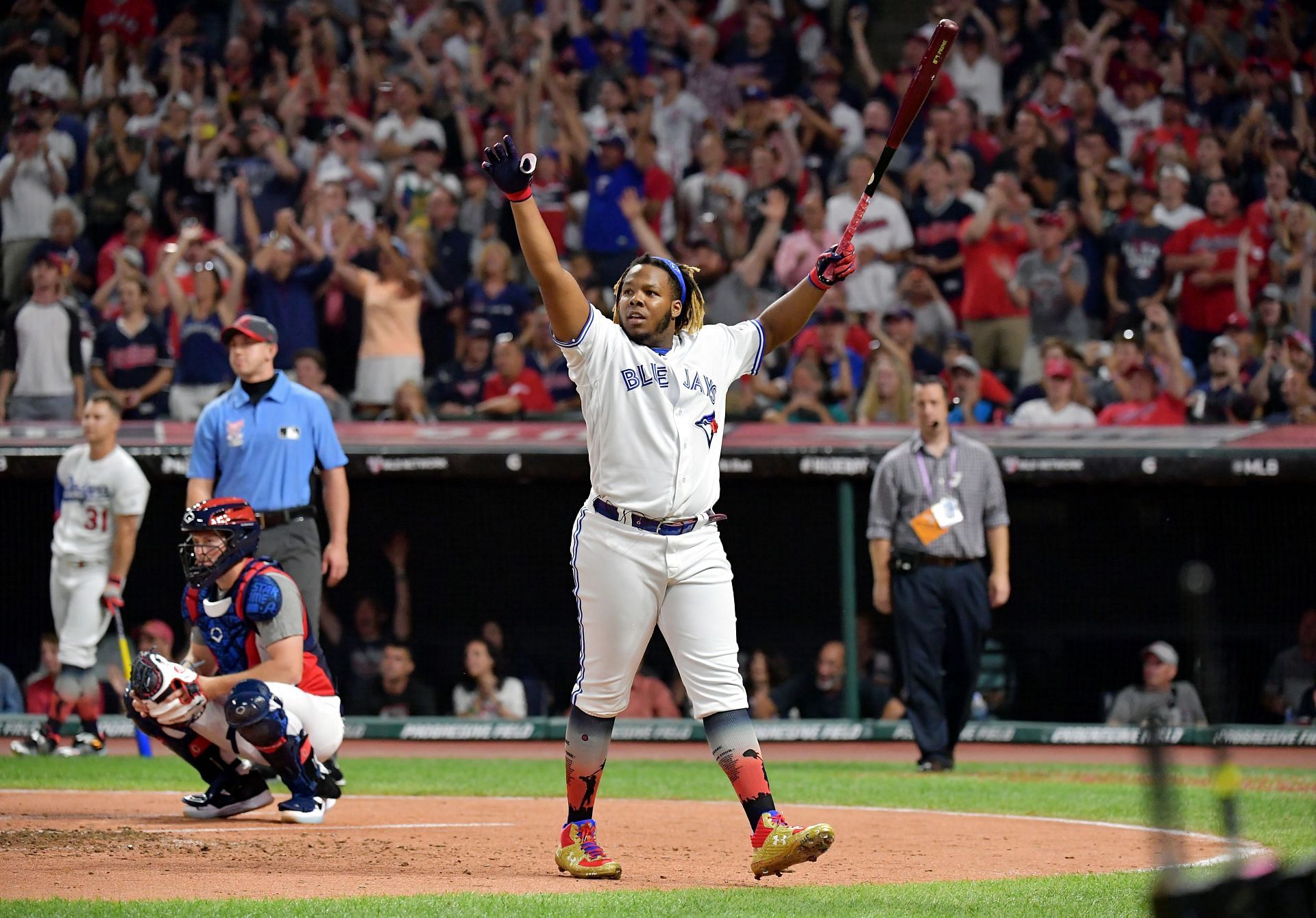
Go away now, you're an All-Star
Public health issues since March 2020 have led people to realize the futility of certain happenings we otherwise saw as traditions. For example, some have fully embraced the concept of working from home. Others claim that they'll never go to an all-you-can-eat buffet again in the wake of the health crisis.
Professional sports' All-Star games have been no exception, and the effect of their absence, or lack thereof, was felt when COVID-19 canceled most of them over the course of 2020 and 2021.
Money and television implications aside, an All-Star game has no true purpose in the 2020s. Sure, the Pro Bowl, in theory, would offer you the chance to see Mahomes throw against Trevon Diggs. In the Pro Bowl's heyday, those players' respective teams from Kansas City and Dallas weren't guaranteed as many meetings (the teams played only four times between 1970 and 1990). Now, the Chiefs and the Cowboys are confirmed to partake in at least one matchup every four years. They can also meet more often with the scheduling formula adjusted to create more interconference matchups.
Other times, the nationally televised Pro Bowl once served as a chance for fans to see superstars they weren't familiar with. Where else, for example, would fans see Steve Largent or Barry Sanders play while they were stationed with mediocre-at-best Seattle/Detroit squads at the onset of their careers?
Nowadays, fans don't have to look too far for out-of-market content. Even if one isn't blessed with DirecTV's long-running NFL Sunday Ticket package, most basic cable, satellite, or streaming sports packages feature NFL RedZone, which famously boasts the carrying of "every touchdown from every game."
Additionally, the NFL continues to expand its television windows beyond the typical Sunday or Monday slots, affording fans more opportunities than ever to watch out-of-market games.
Most of the exhibition's thrills across the other leagues stem not from the All-Star game itself, but the events attached to them: while they may not boast similar ratings, competitions like the NBA's Slam Dunk Contest and MLB's Home Run Derby remain popular. The NFL should instead invest in similar competitions rather than trying to tweak the tired All-Star clash formula.